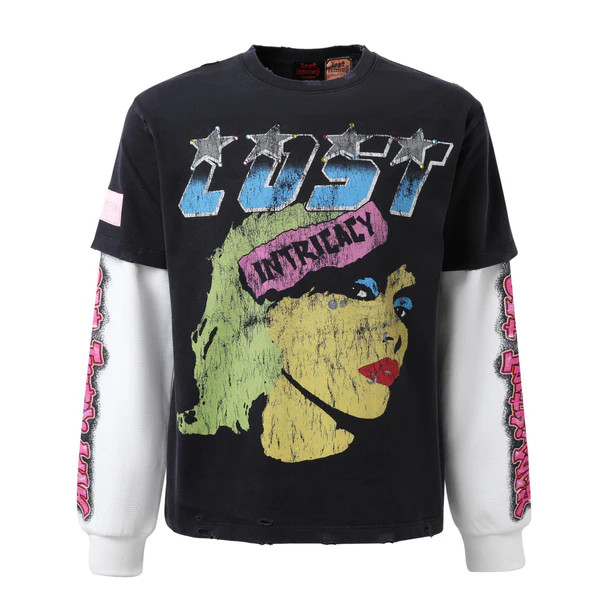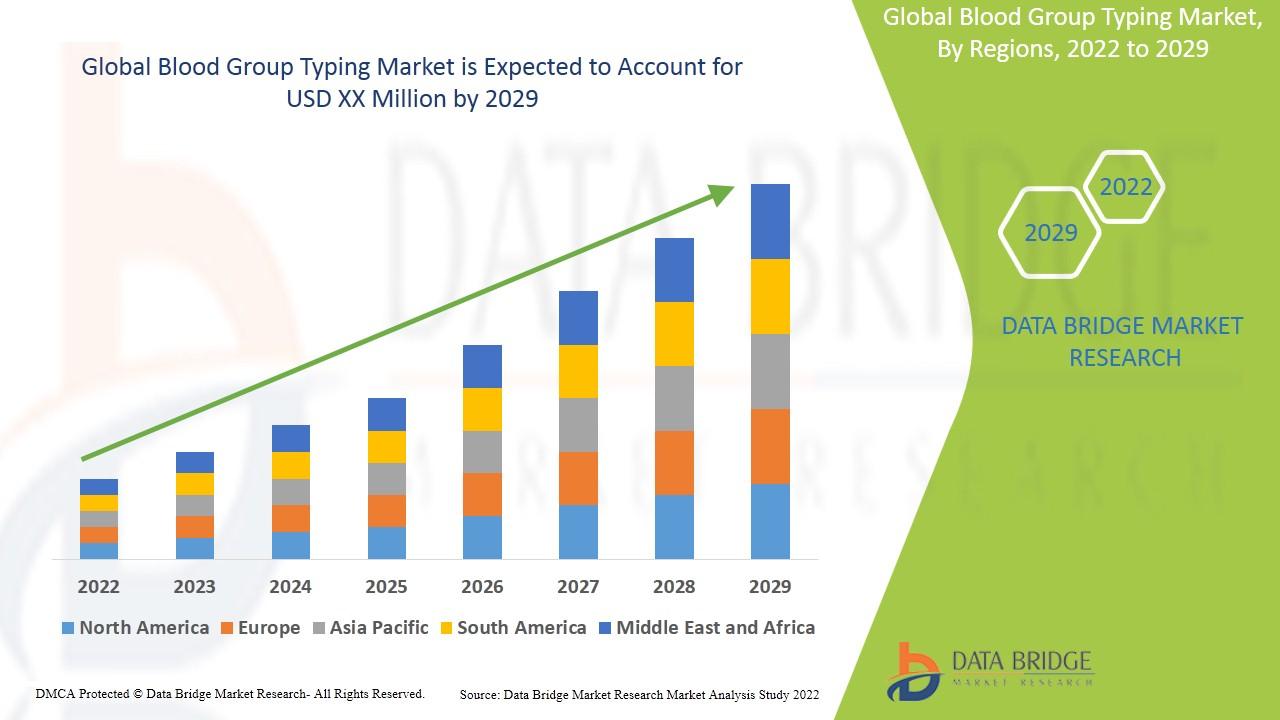The Consumer Journey Map: How Behavioral Targeting Shapes Every Click You Make
Picture this: You’re sipping coffee on a lazy Sunday morning, scrolling through your favorite recipe blog. You pause on an article about sourdough bread, then casually search for “artisan baking tools” later in the day. That evening, you see an ad for a sleek, stainless-steel bread-proofing basket.
Coincidence? Not really.
This isn’t magic — it’s behavioral targeting at work. And in today’s digital world, it’s quietly influencing nearly every online experience you have.
Why the Conversation Around Behavioral Targeting Is Changing
For years, online ads had a reputation problem. They were seen as noisy, irrelevant, and disruptive. But with large-scale behavioral targeting, the conversation has shifted from “Why am I seeing this ad?” to “Wow, this ad is actually useful.”
Unlike traditional demographic targeting that makes broad assumptions, behavioral targeting starts with observable actions. It’s not trying to guess what you might like — it’s using evidence to meet you where you already are.
A Day in the Life of a Behaviorally Targeted Consumer
Let’s follow a fictional character — Emma, a marketing manager — and see how behavioral targeting shapes her day.
-
7:30 AM – News Scroll
Emma reads an article about eco-friendly home renovations. Later, she notices ads for sustainable building materials. -
12:15 PM – Lunch Break Shopping
She browses mid-range laptops but doesn’t purchase. By evening, she’s seeing ads for the exact model, but bundled with free accessories. -
9:00 PM – Streaming Time
After watching two episodes of a sci-fi show, her streaming platform promotes another new release in the same genre.
For Emma, the ads feel relevant, almost like suggestions from a friend. For advertisers, these are touchpoints carefully built through behavioral data.
What Is Behavioral Targeting in Plain Words?
At its simplest, behavioral targeting is a marketing approach that serves ads based on what people actually do online — what they click, search, watch, and buy.
This can include:
-
Search terms
-
Content consumption patterns
-
Shopping cart history
-
Previous ad interactions
The goal is to transform random advertising into strategic, personalized outreach.
Behavioral Targeting Examples You Might Not Notice
-
Fitness Apps & Equipment Sales
Track workouts on an app, and within days, you’ll likely see ads for resistance bands or smartwatches tuned to your preferred exercise type. -
Online Learning & Book Sales
Finish a free coding tutorial, and ads start promoting advanced programming books or paid online courses. -
Travel Planning
Search for flights to Bali, and you’ll see hotel offers, surfboard rentals, and travel insurance quotes within hours.
These subtle connections turn casual browsing into a tailored journey.
The Big Picture: Large-Scale Behavioral Targeting
It’s one thing to personalize ads for a handful of customers; it’s another to do it for millions across multiple regions. That’s where large-scale behavioral targeting comes in.
Platforms like PropellerAds make this possible by:
-
Handling huge datasets without losing targeting precision
-
Delivering ads across multiple formats — from native placements to push notifications
-
Continuously optimizing campaigns with AI
This means a global brand can reach highly specific user segments — without drowning them in irrelevant ads.
Contextual Targeting vs Behavioral Targeting: A Fresh Take
Instead of thinking about contextual targeting vs behavioral targeting as competitors, picture them as two chefs working in the same kitchen.
-
Contextual targeting is like preparing a dish based on the kitchen’s current ingredients.
-
Behavioral targeting is like adjusting the recipe based on the diner’s favorite flavors from past meals.
Combine both, and you’re serving the right dish at the right time to the right person.
Why Consumers Are More Open to Targeted Ads Than Ever
In the past, personalization felt intrusive. But modern consumers — especially younger digital natives — now expect it. They want:
-
Less clutter and irrelevant content
-
Recommendations that save time
-
Ads that actually help them make decisions
Behavioral targeting delivers on all three.
The Behind-the-Scenes Science
Behavioral targeting works through a cycle:
-
Data Collection – Capturing user interactions in real time.
-
Segmentation – Grouping users based on behavior rather than demographics.
-
Ad Delivery – Serving personalized messages through the right format.
-
Optimization – Using performance data to adjust targeting instantly.
The result? Campaigns that feel alive, adapting to users’ changing needs.
Mistakes Advertisers Make With Behavioral Targeting
Even with the best tools, marketers can trip up. Common mistakes include:
-
Over-targeting until users feel stalked.
-
Using stale data that no longer reflects a user’s current interests.
-
Forgetting the human element and relying too much on automation.
The key is balance — respecting privacy while staying relevant.
How PropellerAds Brings It Together
PropellerAds approaches behavioral targeting with both scale and subtlety. By blending automation with advertiser control, it enables:
-
Campaigns that adapt in real time
-
Multiple ad formats for different user behaviors
-
Global reach with localized relevance
This makes it possible to run sophisticated campaigns without being a data scientist.
The Road Ahead: Predictive Behavioral Targeting
The next step is anticipation. With AI advancements, advertisers will soon predict what users want before they actively search for it. Imagine:
-
Suggesting a vacation package just as someone starts browsing weather in another country.
-
Recommending a fitness program the week before someone renews a gym membership.
It’s advertising that feels like foresight — not guesswork.
Final Thought
Behavioral targeting isn’t about tracking people into submission. It’s about turning online interactions into meaningful connections. And when done right — especially on a large scale — it helps users find exactly what they want while helping brands spend their budgets wisely.
In the end, the real power of behavioral targeting lies in its ability to make advertising feel less like noise… and more like conversation.







